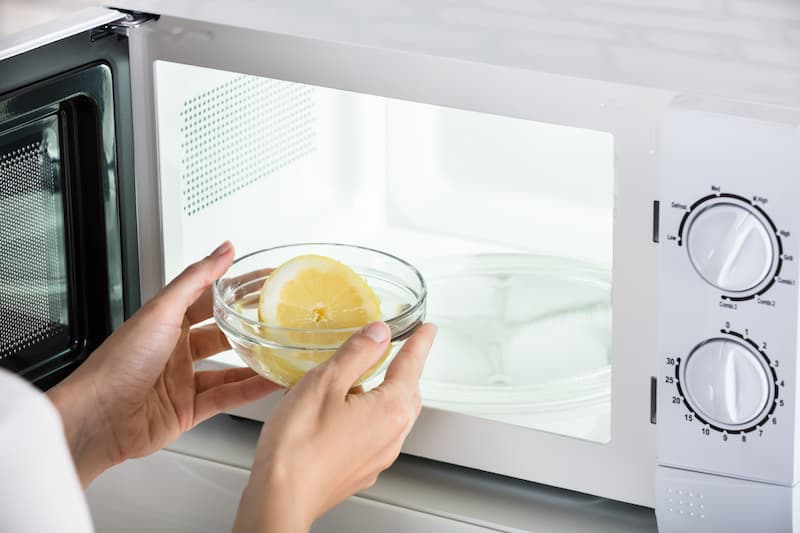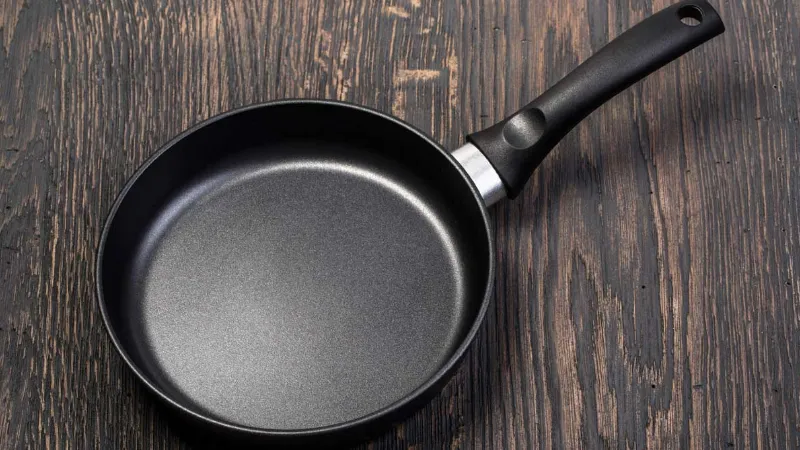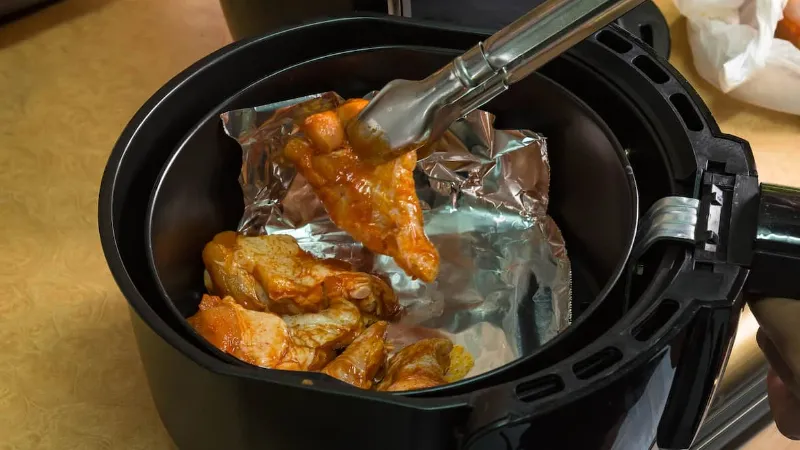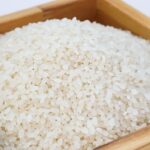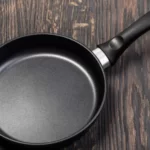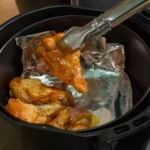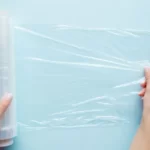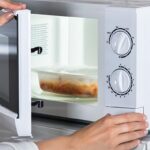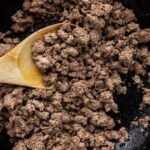Can You Put Glass In Microwave: Is It Safe
First, can you put glass in the microwave?
Yes, provided the glassware bears the phrase “microwave safe” on its label.” The glass is therefore made to withstand high temperatures. Takeout should generally be reheated in a glass dish because plastic to-go containers and styrofoam containers cannot typically be microwaved.
Microwave explosions could be brought on by unreliable glassware. Normal microwave safety rules state that decorative cups should not be used, but glass cookware without silver or gold rims is acceptable.
When buying glass containers, always pay close attention to the glass’s composition. Especially if you plan to microwave glass, pick a material that fits your lifestyle.
Please read on for more information about whether it is possible to microwave glass in more detail.
Table of Contents
Whether Glass Can Be Microwaved
Yes, as long as the glassware is marked “microwave safe.”” This indicates that the glass is built to withstand high temperatures. The safest way to reheat takeout is in a glass dish because plastic to-go containers and Styrofoam containers are typically not microwaveable.
Only glass that is labeled “oven safe” should be used in the oven; this rule also applies to other cooking methods.
Which Types Of Glass Are Not Microwaveable?
Anything that does not have the phrase “microwave safe” on it (or fails the microwave test below). This is because the glassware may contain metal, dyes, or air bubbles, all of which have the potential to cause the glass to break or crack when placed in a microwave. Additionally, you shouldn’t microwave drinking glasses or glass food containers with a plastic seal. (Find out if you can put plastic in the microwave.)
Can You Microwave A Cold Glass?
You can use glass that has been recently refrigerated and is only slightly cold; however, if the glass has been frozen or has been in the refrigerator for a while, you should let it warm up on the counter first. A mess could result from the glass breaking or cracking due to extreme heat fluctuations without thawing.
What Takes Place If Glass Is Microwaved?
Prior to putting it in the microwave, it is crucial to determine what kind of glass it is. If you have heat-resistant glass, you can put it in the oven as long as you take the proper safety precautions.
Toughened and regular glass containers, however, should only be heated in the microwave for a maximum of three minutes. Glass can explode at high temperatures.
When heated too much, delicate glass is prone to cracking. The uneven thickness of materials makes crystal and curved glass products more likely to break when heating oily food.
Additionally, foods high in fat and sugar heat up at much higher temperatures than foods made primarily of water. Foods with a significant amount of fat and sugar should be microwaved with caution.
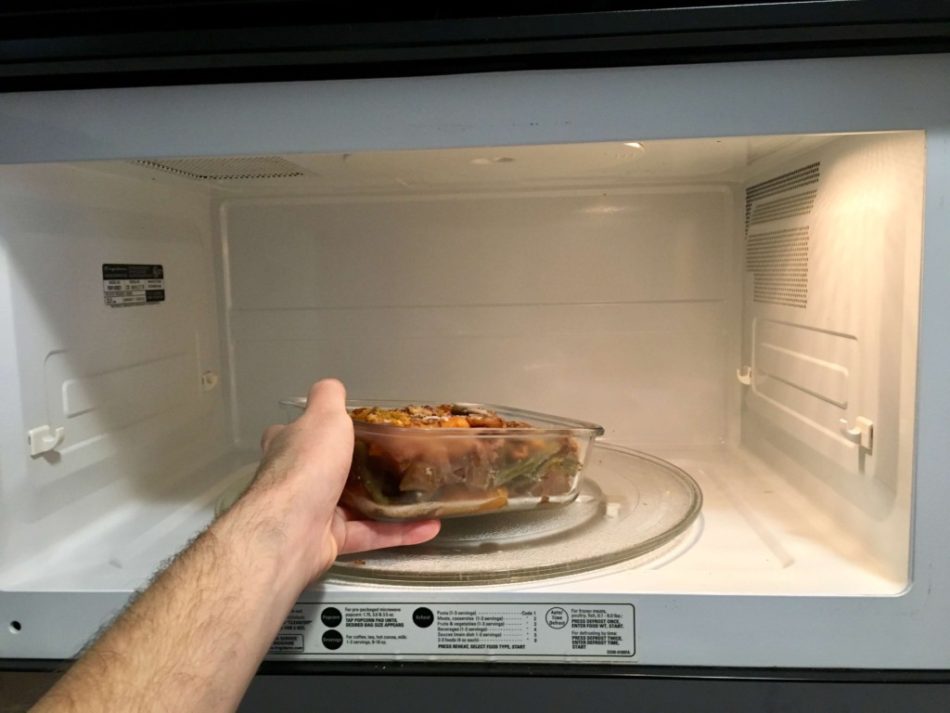
In A Microwave, Why Does Glass Break?
Micro air bubbles that expand when heated are a common feature of microwave-unsafe glass. Since the increased heat causes the glass material to stretch unevenly, when these bubbles continue to heat up, the glass will eventually break.
The glass will break if the stresses are severe enough. Decoration and embellishments are another concern for structural integrity of glassware.
Some glass containers are trimmed with metal making them unsafe for microwave usage. The metal spark that occurs during microwave heating causes the glass to shatter.
A glass with a safety label can break when put in the microwave if it has tiny cracks or chips. Your glassware may also break due to uneven heating.
Before you microwave the glassware, make sure it’s in good condition. Glass with silver or gold rims should not be microwaved because the metal may react with the electromagnetic waves.
Concerns With Glass
Tiny air bubbles in glass that is not microwave-safe could enlarge as a result of heating. If these bubbles grow large enough, the glass will break. Glass that has been trimmed with metal is not microwave-safe. The glass might break if the metal ignites and sparks. Before using colored glass in the microwave, look for a label that says “microwave-safe.” The glass’s coloring may not be made with food-safe dyes.
Microwave Mustn’ts
Although technically not glass, ceramic, which is fired clay, is microwave safe if so marked. Some glass-ceramic dinnerware won’t be marked as “microwave safe” because it might break if heated in the microwave and then cooled down too quickly.” It is not recommended to use metal in the microwave, including foil and metallic takeout containers, brown paper bags, dairy storage containers, and foam-insulated cups and trays. However, not all plastics can be heated in a microwave. Use of plastic, including plastic wrap, is best avoided unless it is marked as “microwave safe.””
Useful Tips For Microwaving Glass
Be assured that there are additional safety measures you can take beyond checking the safety label, so don’t get too anxious around your microwave:
- When placed directly in the microwave, glass that has previously been frozen can be particularly dangerous. Let previously-frozen glass containers reach room temperature before putting them into the microwave.
- This also applies to tempered glass. Even with microwave-safe containers, it’s recommended that you wipe away condensation before putting the product into the microwave.
- If you are unable to wait for thawing to occur, it’s recommended that you use a slight amount of power or the microwave’s defrosting option until all frost has subsided.
- Once this occurs, be sure to stir the contents before officially beginning the microwaving process. In order to prevent heat shock, this is done to ensure that food is heated evenly throughout because using a microwave can heat food unevenly.
Glass Jars Can Be Microwaved.
Unless it is specifically stated that it is microwave-safe, it is generally safe to assume that you cannot microwave a glass jar, such as a mason jar.
This statement is typically made on the product’s bottom in the form of a “safe for the microwave” logo.
The Microwave Is Capable Of Handling Glass Candles.
Putting a glass candle in the microwave is never a good idea. The glass itself is probably not microwave-safe because it’s not a presumed action for the candle.
Additionally, it has been documented that the wax’s composition and the high heat can react explosively.
Is It Possible To Microwave-heat A Water Glass?
The water glass can be heated in the microwave if it is made of an extremely durable glass, like borosilicate glass.
However, boiling water in a microwave can be dangerous in and of itself.
It is strongly advised against heating water in the microwave because it could explode and result in serious injury.
Glass Can Be Microwaved For Ten Minutes, Is That Possible?
If a glass is approved as microwave-safe, it can be heated in the microwave for the necessary amount of time.
The container will probably break after ten minutes in the microwave if it is not microwave-safe.
How To Check If Glass Is Safe In The Microwave
You should never take it for granted that glass can be safely heated in a microwave or even at all.
A label or distinctive sign on the bottom should state whether it is meant to be reheated. It’s helpful to know that you can test it if there isn’t a label clearly visible on the container itself.
- Set the microwave’s power setting on high.
- Fill a confirmed microwave-safe bowl with a cup of water. Put both the aforementioned bowl and the dish in the microwave.
- Microwave both objects for a minute.
- If the dish is hot to the touch following this process, it is not microwave-safe.
- If the dish is cool and the cup of water is hot, the dish is microwave-safe.
Make the assumption that it’s off if you can’t complete the safety test. Aside from potential injury and the ruining of a perfectly good glass dish and what was likely going to be a tasty meal, it’s no fun cleaning glass shards out of a microwave.
The Oven Allows Glass, Right?
Some glasses are designed to be heat-safe and thus suitable for use in microwave ovens. Typically, they are created especially for cooking and storing needs.
Neither the air particles produced during manufacturing nor the metal trim are present in them. They are therefore totally safe to use in both the oven and the microwave.
Otherwise, it’s not advised to use regular glass pans in high- or direct-heat situations.
Why Does Heat Change Glass?
When it comes to microwave safety, it is not surprising that some glass is suspect. You’re putting several hundred watts of intensity on a material that is already very brittle in a very brief period of time.
That’s a lot of pressure to put on what is possibly a thin piece of material.
A microwave-safe symbol is frequently found on glass. If necessary, there are also ways you can verify whether the glass is microwave-safe for yourself.
Consider the craftsmen who use the heating of glass to create vases, bowls, and other items if you’re still not convinced that glass can be altered at high temperatures.
While this requires extremely hot temperatures in order to occur, the concept remains.
While microwaves can deliver our food piping hot, they cannot produce heat that intense in any amount of time. Glass is considered molten between 900 and 1600 degrees Fahrenheit.
Additionally, cracking is highly likely if you add boiling water to glass that is not microwave-safe.
Conclusion
The post’s main question was whether glass could be microwaved.
Not all glassware can be used in a microwave. For a test, simply fill a glass with water and microwave it on high for one minute. If there is no microwave-safe symbol on the bottom of the container, check for one.
The water will warm up and stay cold if the glass is heat-resistant. The glassware cannot, however, be used in a microwave if it gets hot and the water inside is cold.
I appreciate you reading.

